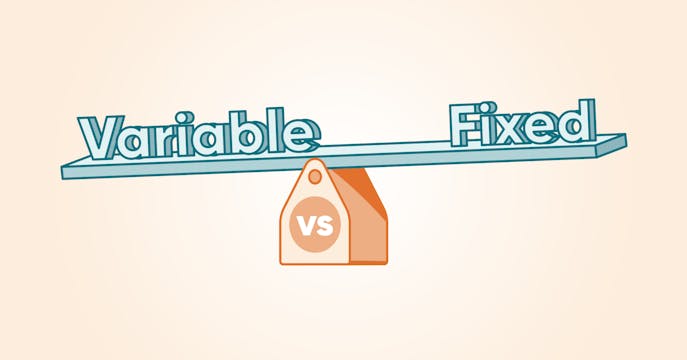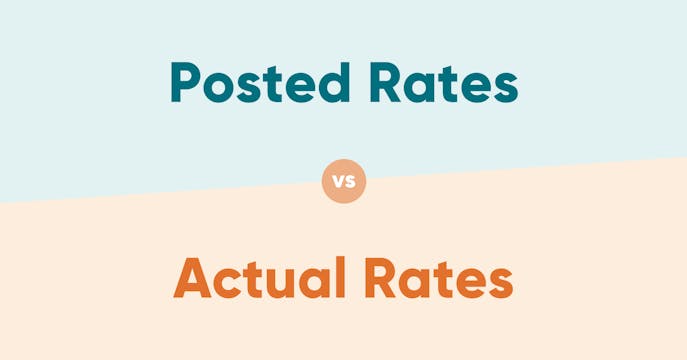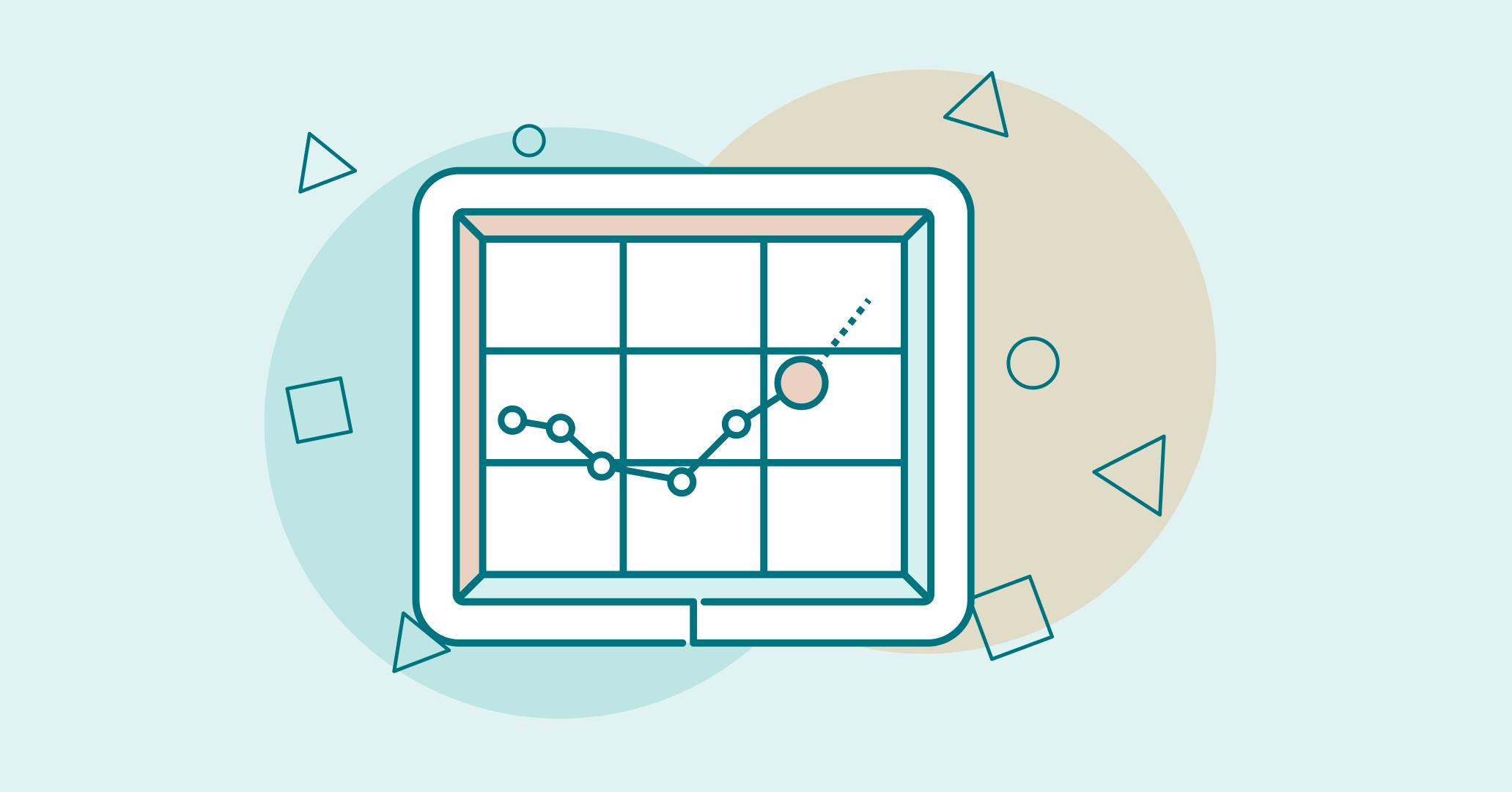Bond yields are up.
And you know what that means — fixed mortgage rates are now up, too.
5-year bond yields just hit a 20-month high, and Canadian mortgage lenders are feeling the heat.
Updated Oct. 27, 2022
As bond yields set sail, fixed rates are already being pulled along in their wake.
On September 28, 2021, the 5-year government bond yield closed at 1.09%, a 20-month high, harking back to pre-pandemic days.
Following months of rampant housing demand from Canadians looking for bigger or better space, and high home prices fuelled by housing shortages and historically-low interest rates, a few factors are combining to bring a shift in the mortgage-rate winds.
After Canadian lenders just lowered their 5-year fixed mortgage rates a week ago (in line with months of lower 5-year bond yields), hawkish tones coming from the U.S. and other global banks started to emerge. Higher inflation is proving to be a bit stickier than first thought, and signals from the U.S. Feds hinted that their stimulus pull-back and rate increases might be coming sooner than expected.
As a result, the Bank of Canada's 5- and 10-year bond yields instantly spiked higher, leaving lenders to contemplate a quick reversal in their recent rate cuts as they absorb the now increasing costs of holding mortgage loans.
And so on September 29, they raised their fixed rates by about 0.2%. Our advertised 5-year fixed mortgage rates just went from 1.79% to 1.99% in one day. Considering how low they were for so long, it's a notable increase — even though this new rate is still considered low from an historical standpoint.
Update October 27, 2021: After Bank of Canada's latest rate decision and official 'end' to its Quantitative Easing program, government 5-year bond yields are up to 1.43%. Our lowest-advertised fixed rates have already pulled up this week, check out our current rates here.
Related: How Government Bond Yields Relate to Mortgage Rates
Inflation has been pushed higher, lead by the hot housing market.
Pandemic stresses have pushed inflation in Canada and the U.S. much higher in recent months — to 3.7% here this past August 2021. Increased consumer demand is mismatched against product, supply and labour shortages, as economies attempt to pull out of COVID-based restrictions to boost sales and business activity.
In the housing market, historically-low rates for borrowing have helped many Canadians find their needed space, but, combined with pandemic factors, have also contributed to higher inflation. Bidding wars, increased urban interest, and a rush from first-time and next-home buyers stressed already pent-up shortages, driving up home prices and sparking overheated markets in both larger and smaller centres.
Canadian and global banks are starting to pull back on stimulus that helped keep things afloat during the pandemic. The resulting rise in bond yields indicates that fixed mortgage rates may not stay at these lower levels for much longer.
Fixed mortgage rates are still in a good place — act now to hold your rate.
Even though fixed mortgages rates just went up for the first time in a while (read more in our article in the Financial Post), current economic volatility may help keep fixed mortgage rates somewhat in check in the near future. However, signals are everywhere that rates may need to rise to cool off inflation and the overheated housing markets.
Are you thinking about looking for a home or property? If you want to save money on your mortgage, we can help you hold your best rate now, for up to 120 days, before more changes occur.
If the government bond yields continue to trend higher, Canadian lenders will have no choice but to continue raising their fixed mortgage rates to ease their lending costs.
Right now, fixed rates are still low, with a 5-year fixed mortgage the most popular among our clients for longer-term savings. But this low, for how much longer? We wait and watch.
Try out our Compare & Save Calculator to see how much more you can save with a lower rate.
We're staying on top of the bond yield news. Connect with us for great advice and your best rate.
Our True North Mortgage experts have the know-how you need to take advantage of rates now, and to know where they may be headed in the future. Our volume discount means you'll get your best rate (for which you qualify), and a better mortgage that fits you (not your bank).
We're here to answer all your mortgage questions, anywhere you are in Canada — online, through chat, over the phone, or drop by a store location.
Hold your best rate now.
Learn more about rates

Proof that our rates are lower.
Our rates are 0.18% lower on average compared to everyone else. Prove it? Okay!
Learn More
Should you choose a variable rate in 2025?
How to decide between variable-rate FOMO or JOMO? We can help.
Learn More
Posted Rates vs Actual Rates
Is the rate you see the rate you (can) get? Not always, but here's why.
Learn More
